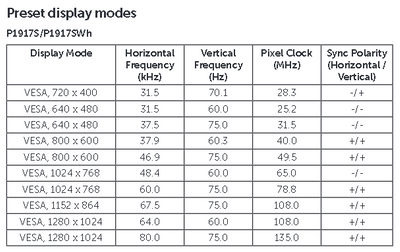First post, by kolderman
I have a large number of 19" LCDs in storage. They are all from what I gather 1280x1024 screens (5:4).
I also have a couple of 20" Dell 2007FP LCDs - which are 1600x1200 (4:3).
I currently use one of the 19" screens as my primary retro gaming monior. From around 1999 onwards, I can choose 1280x1024 as the game resolution which matches the LCDs native resolution without scaling, which works well.
For pre-99 games, I am usually selecting one of the common VGA resolution, 1024x768, 800x600, 640x480 or 320x240, which not only require scaling, but do so imperfectly as it is not 1:1.
If I switch my 19" to the 20" then *everything* will be scaled, as I doubt my rigs can run much at 1600x1200 with acceptable performance, however all the scaling will be 1:1 (I will play 99+ games at 1280×960 probably).
I am concerned that with native 1600x1200 there is too much scaling involved, and quality will suffer, but not sure if this is offset by the fact aspect ratio is maintained. I am also concerned 20" will just look too big for earlier DOS games.
From what I can see all the 19" LCDs scale to fill the whole screen, with no option to preserve aspect ratio (i.e. fill horizontally with black bars top/bottom).
Thoughts/advice?
PS: I should also mention I have several 17" LCDs (also 1280x1024, no scaling options), and several 15" LCDs (1024x76) -- but the latter just seem too small now after playing on 19" screens for so long.

